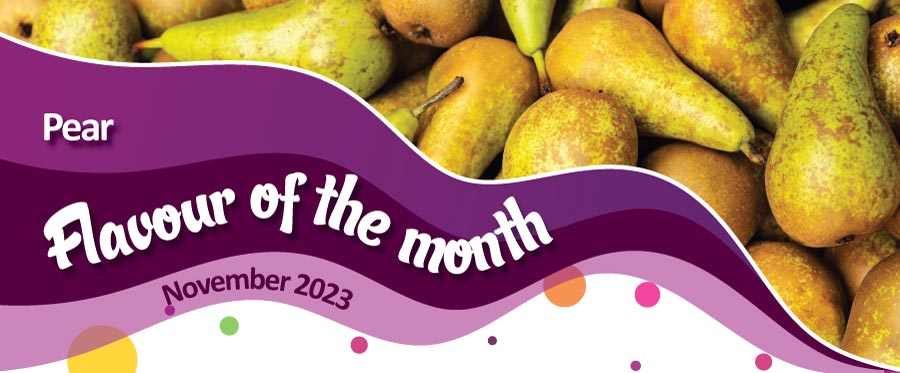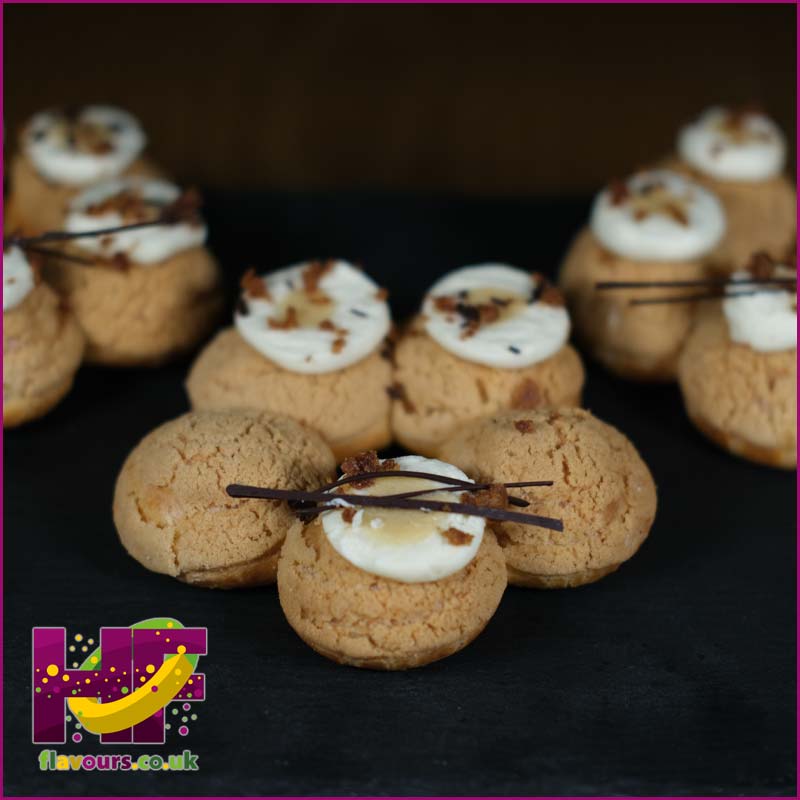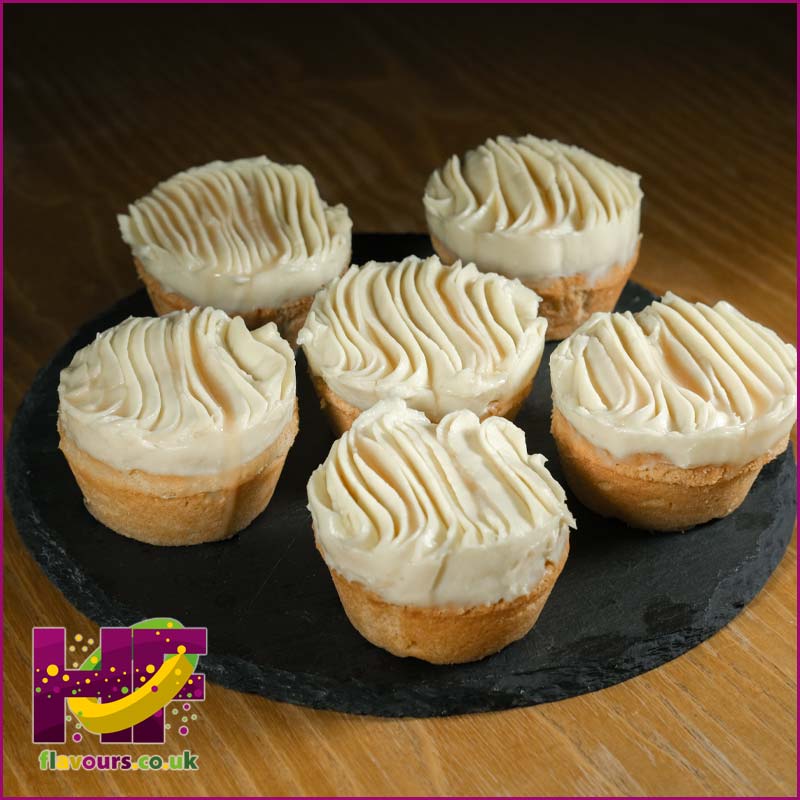Pair? Pare? Pear?
The timeless pear, often outshone by the apple, is now stepping into the limelight. Pears symbolise longevity, well-being, and prosperity. With various shapes and sizes, they can occasionally be mistaken for apples. For instance, the nashi pear might look like an apple at first glance, but its unique flavour and texture set it apart entirely.
Globally, there are over 3000 pear varieties, with their origins tracing back to China, which still maintains the highest pear production in the world. Thriving in mild climates, pear trees are also valued for crafting woodwind instruments and furniture due to their high-quality wood. Some pear tree species require cross-pollination to bear fruit, demanding strategic planning from growers to ensure successful pollination.
Pears can be enjoyed in various forms: fresh, juiced, canned, or fermented to create perry. One famous iteration is Poire William brandy, where a bottle is hung on a pear tree, allowing the fruit to grow within. This distinctive method imparts a fragrant floral aroma, balanced with subtle sweetness and vibrant fruitiness, resulting in an elegant finish for the product.
Pears ripen from the inside out, posing a challenge for identification of ripeness. An age-old trick involves applying gentle pressure near the stem to check for yielding. However, most producers pick pears before full ripeness, allowing them to mature at room temperature in consumers’ homes, typically during late summer to early autumn.
The sweet, fruity, and crisp attributes of pears make them versatile in various culinary applications. They complement both sweet and savoury dishes, including the confectionery market where pear drops are a staple. Pears harmonise splendidly with refreshing, floral flavours like mint and hibiscus, leveraging their delicate fruity sweetness to enhance products. On the savoury front, cheese has long been a go-to pairing, but recently, snail eggs and pickled pear butter have surged in popularity. Chefs are also experimenting by adding pears to soups, contributing a hint of sweet depth to earthy vegetable compositions. This marks just the beginning of the innovative potential in pear pairings.
The inherent delicate and fruity essence of pears can occasionally become overshadowed in a product. This is where the Pear 85/22839 flavouring emerges as the ideal companion. It seamlessly integrates into bakery items, fillings, dairy products, and confectionery, ensuring that the authentic pear flavour shines through.
The initial pear fusion takes place within a choux base. Infusing the choux with Date 85/23443 imparts a ripe, deep sweetness to the foundation of the treat. This choux is then filled and crowned with a Chantilly cream infused with the vibrant flavour of fresh Pear 85/22839. This combination harmonizes the creamy sweetness of the cream with the luscious ripeness of the pear flavour. To enhance the Chantilly cream even further, a hint of smoky Smoke 85/21913 imparts layered umami complexity, while a dash of Cardamom 85/22841 flavour adds a concluding touch of sweet and spicy finesse.
For a tarty sensation, a coating of tangy rhubarb jam envelops the bottom, for an imitation frangipane-like topping. The imitation frangipane is infused with the luscious Pear 85/22839 flavour, substituting the conventional almond note with the succulent essence of pear. This sweetness and ripeness of the pear, expertly unites with the tart rhubarb foundation. Lastly, the tart is crowned with a Pear 85/22839 flavoured white chocolate namelaka, not only enhancing the visual appeal but also delivering a burst of flavour.







